Updated January 4, 2024
Text & photographs: Claire Lessiau & Marcella van Alphen
As dawn breaks over the Baltic Sea, the charming panorama of Gamla Stan, Stockholm’s old town emerges through the porthole of the historical three-mast AF Chapman anchored along the shores of Skeppsholmen Island, one of the many in the Stockholm Archipelago. Once a British-born steel-sailing vessel that traversed the globe, it now stands proud as a unique accommodation, offering travelers a distinctive experience since its transformation in 1949 by the Swedish navy. The snug officer’s cabin, adorned with original wood fixtures, provides a cozy retreat, showcasing the meticulous craftsmanship of boat architects who maximize every inch for comfort. Outside, the Swedish capital awaits exploration…
Pin this article for later!
Morning run in Djurgården Park
What a better way to start a lovely and long spring day at 59° North like many health-conscious locals: a morning run through Djurgården Park!
Leaving the island of Skeppsholmen and its painted wooden houseboats and well-maintained sailboats, the scenic running route passes along the trendy Östermalm’s beach clubs that are still sleepy in the early morning despite the cries of seagulls.




The very specific sound of cars driving with winter tires along Strandvägen – the residential boulevard completed in 1897 for the world fair lined with stylish late 19th century apartment buildings – is a reminder that the springtime in Stockholm starts later than at lower latitudes.
The chilled temperatures despite the bright blue sky does not seem to bother the statues of gods from the Nordic mythology lined up on the bridge to Skansen, welcoming visitors to the Djurgården Park. A harmonious blend of nature and cultural heritage with the Skansen Open Air Museum and cafés, the park is a locals’ favorite with its scenic orchards, narrow alleys, and forest trails, providing a serene backdrop for an enjoyable jog.
The unmissable kanelbullar
Nordics in general and Swedes in particular have a serious sweet tooth. The fika (or break) is often a coffee break accompanied by a pastry, and the kanelbullar (cinnamon bun) is a must-try to refuel before delving into the Old Town. Following the sweet smells and cinnamons scents is the best way to be directed to the freshest ones, straight out of the oven!
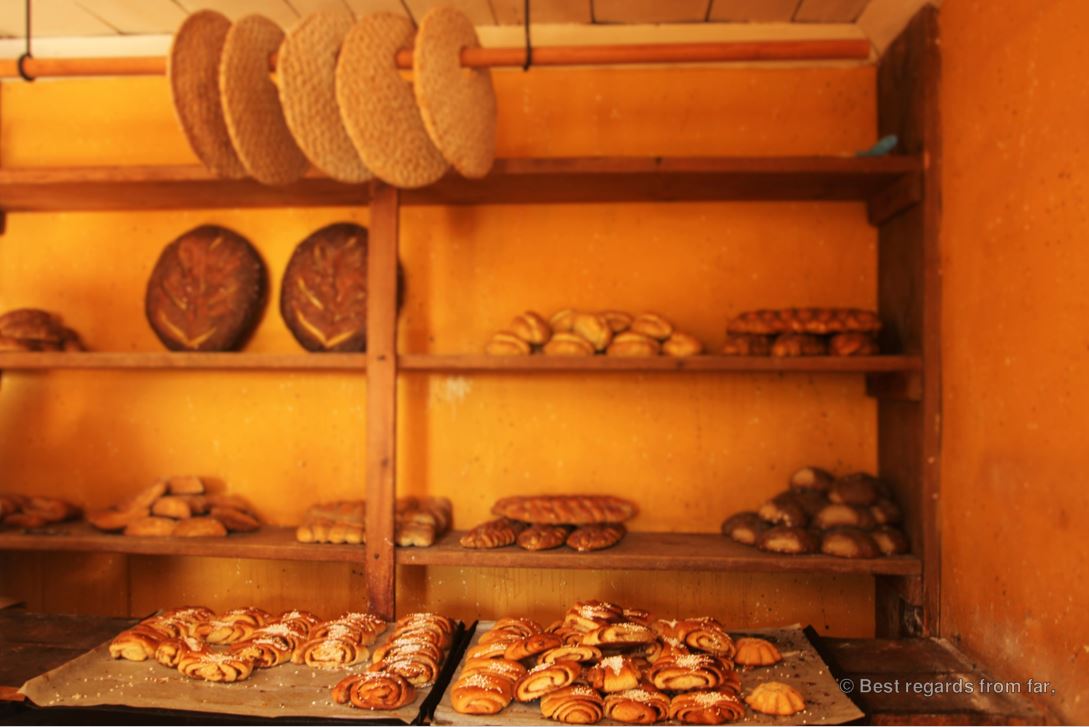

Stroll Gamla Stan, the Old Town
The cover of many editions of the Lonely Planet Stockholm, the buildings of Gamla Stan (1252) with their warm and vibrant façades and gables have become the face of the Venice of the North. Beyond the famous Stortorget (or Grand Square), Stadsholmen Island is a jigsaw puzzle of narrow medieval cobblestone streets, creating a stark contrast to the baroque grandeur of the austere and angular 18th-century Kungliga Slotten, the royal palace.



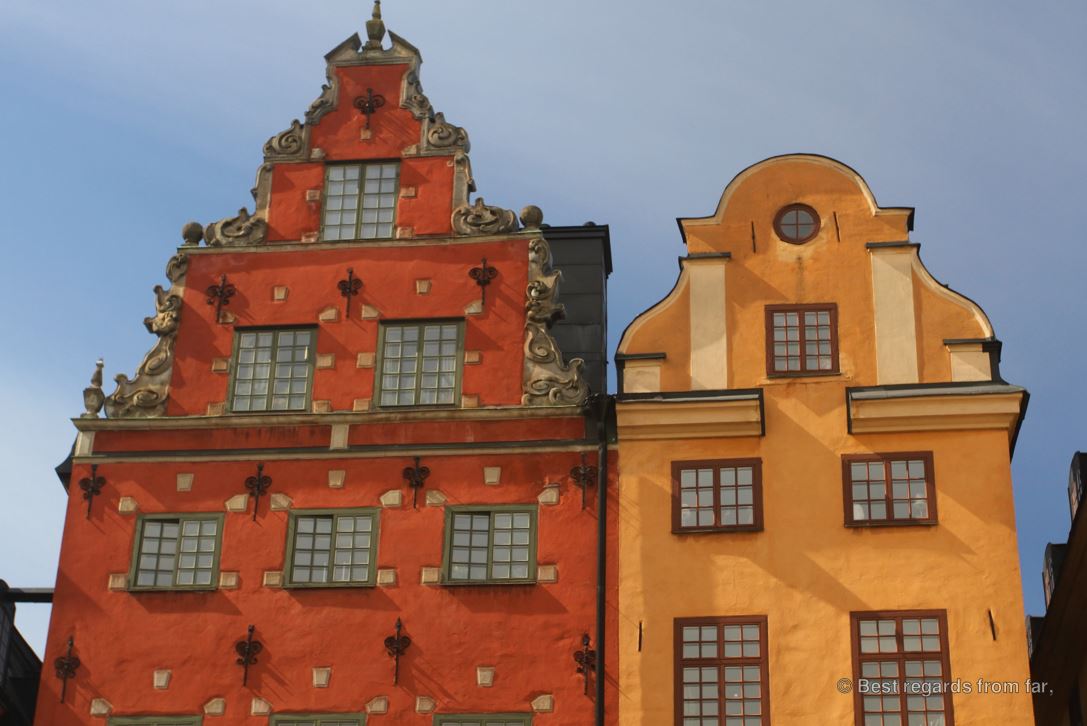
Hotorgshallen food market
For a taste of authentic Swedish cuisine, head north to the continent in the neighborhood of Norrmalm, where Central Station and the Hötorgshallen underground food market await. The bustling and odorless market offers a delightful array of fresh seafood and local delicacies that can be enjoyed comfortably onsite. The Baltic Sea specialties, and more specifically the herring on rye are must-taste, especially in the spring when they are caught. Just delicious with an aquavit to accompany it!


The Skansen Open Air Museum
With the industrial revolution well under way in Europe during the second half of the 19th century, traditions were under threat. In a bid to safeguard this traditional Swedish heritage, Artur Hazelius founded the Skansen Open Air Museum in 1891, the first of the kind in Sweden.








This visionary project saw the meticulous relocation of approximately 150 buildings, representing diverse regions of Sweden. These architectural treasures, each disassembled with precision, embarked on a journey to the heart of Stockholm—Djurgården Island. Here, against the backdrop of progress, a haven of tradition was established, and today, while strolling among the centennial houses, one can observe farmers or craftsmen in traditional costumes showcasing ancient ways of living.
The Vasa Museum [from fiasco to national pride]
Commissioned in 1625 to be the biggest and most impressive ship of the time, the Vasa became a shipbuilding disaster, sinking in 1628 on its inauguration day! After resting at a depth of 30 meters in the harbor of Stockholm for more than 300 years, the Swedes salvaged the ship in 1956, turning it into one of the country’s most visited museums.
Read more about the fascinating story of the Vasa and the Vasa syndrome.
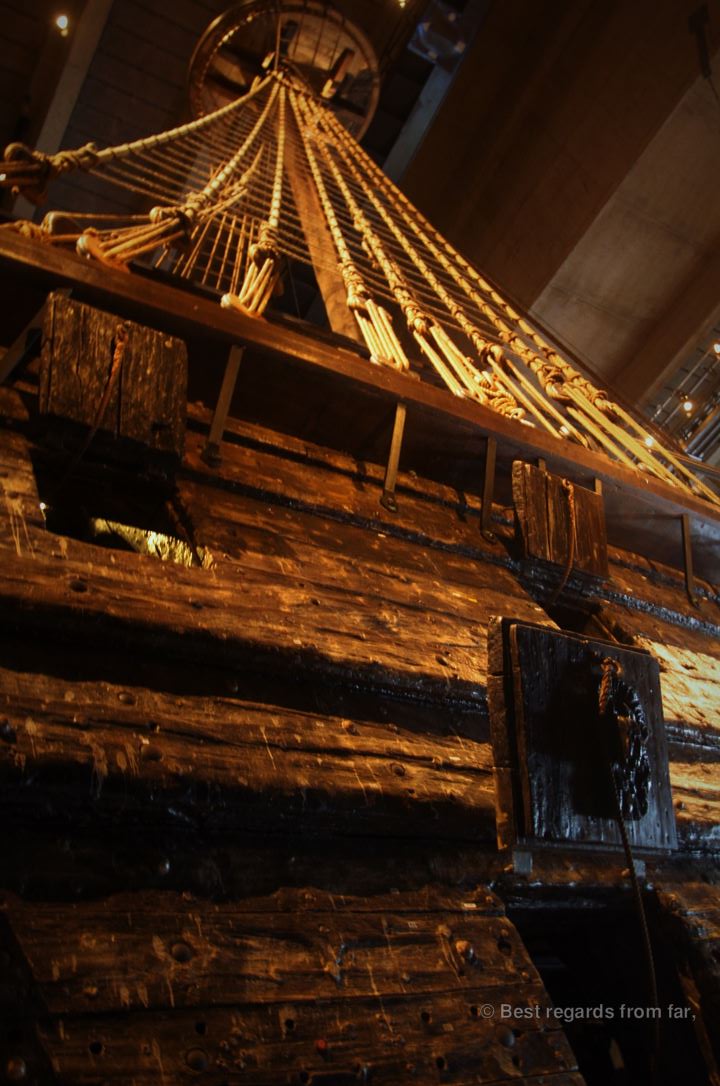

Södermalm, Stockholm’s trendiest area
The Slussen lock is a bustling crossroad, separating Lake Mälaren from the Baltic Sea, and joining Gamla Stan to the island of Södermalm. Söder as locals call it was once an industrial hub. It now exudes a bohemian charm and hipster atmosphere with its converted brick warehouses, old factory chimneys dominating its cityscape, and former workers’ housing. Mainly a farmland to support Stockholm, Söder turned into a working-class district around 1860, before its gentrification lead to the construction of classy residential buildings overlooking the capital. Specifically, views from Fjällgatan and Montelius unveil the city’s splendor, offering a spectacular panorama of Gamla Stan, Noormalm, the Gröna Lund Tivoli fun-fair, and the waters covering a third of Stockholm. It becomes even more vibrant at sunset when many locals share drinks and chat on Monteliusvägen, a boardwalk with a stunning view on the capital.


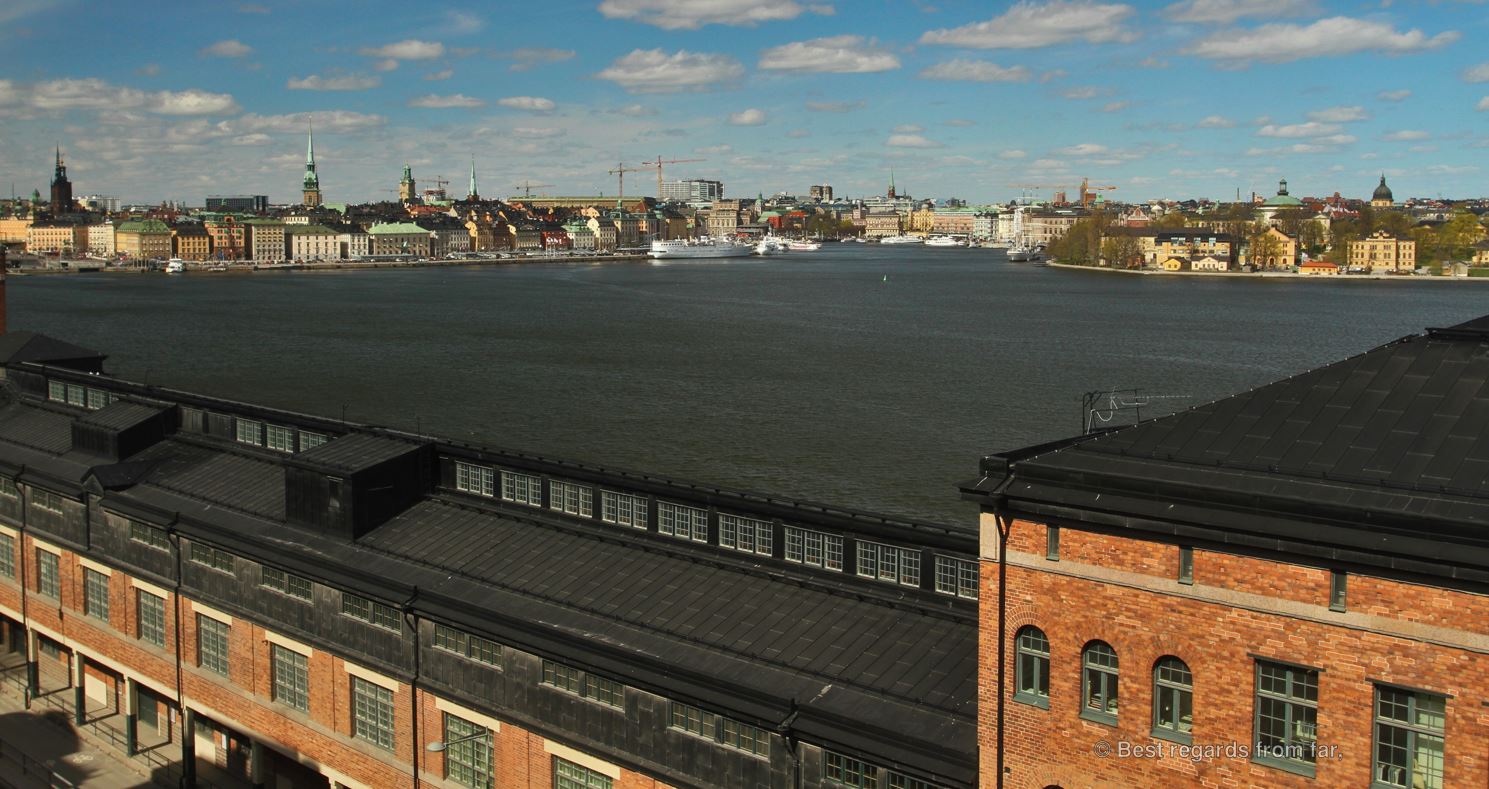
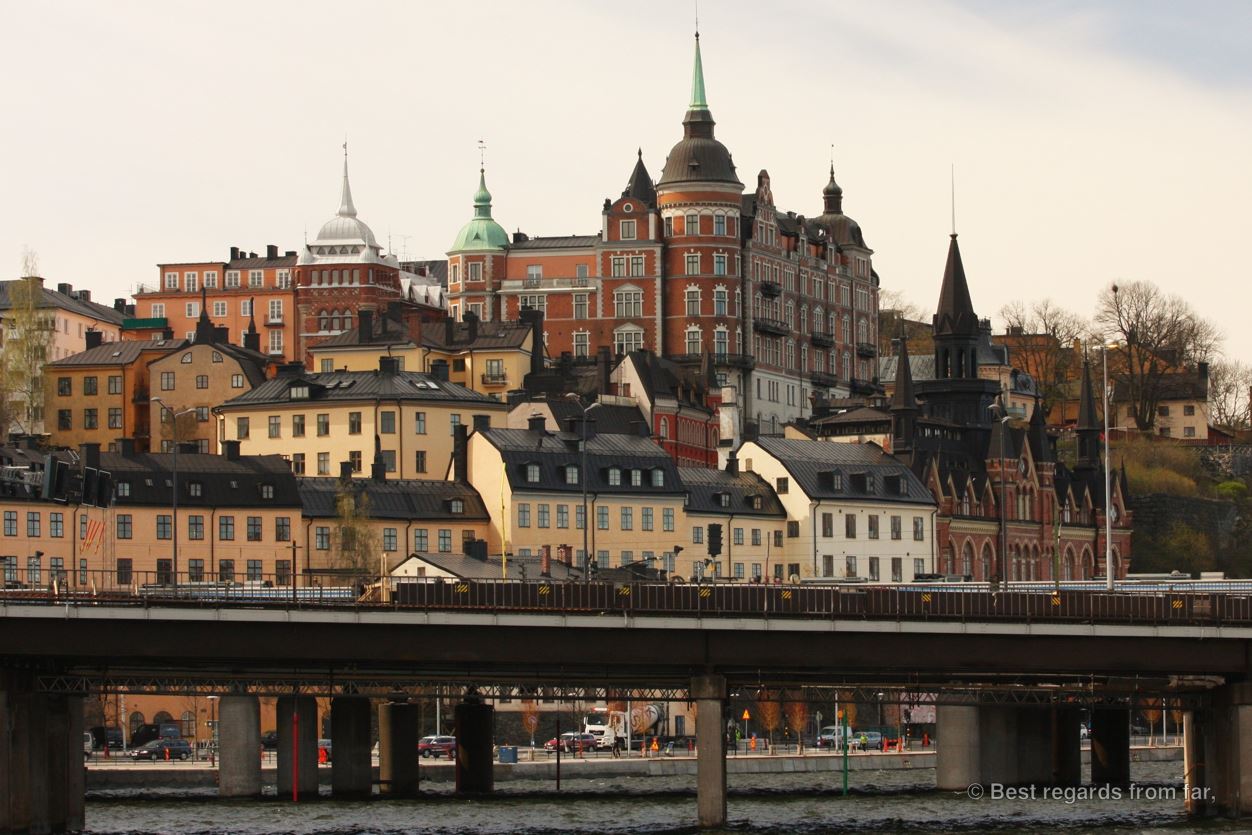


Södermalm’s low-key vibe invites to explore its quaint cafés serving delicious organic homemade sandwiches on rye bread, hip bars, and lively art galleries lining the streets. Nightfall brings a unique twist as historic venues, such as Patricia’s, a former royal yacht of Queen Victoria anchored along the shores of the Mälaren Lake, transform into lively nightclubs.
Explore the Stockholm Archipelago
If only a few islands are visited by most travelers, the Stockholm Archipelago is comprised of no less than 24,000 islands!
Whether navigating by ferry, private boat, or kayak, options to explore this special patch of the Baltic Sea are endless in the summer. Serene landscapes, dotted with picturesque cottages, dense forests, and tranquil waters offer a respite from urban hustle with opportunities for leisurely strolls, beachcombing, or simply reveling in the solitude of secluded coves.
For more Nordic inspiration, click on these images!
Travel tips:
- Want to have access to this article while walking the city? Download it through GPSmyCity and avoid roaming costs while exploring the city at your pace!
- Check out this interactive map (short tutorial) for the specific details to help you plan your trip to Stockholm and more articles and photos (zoom out) about the area!


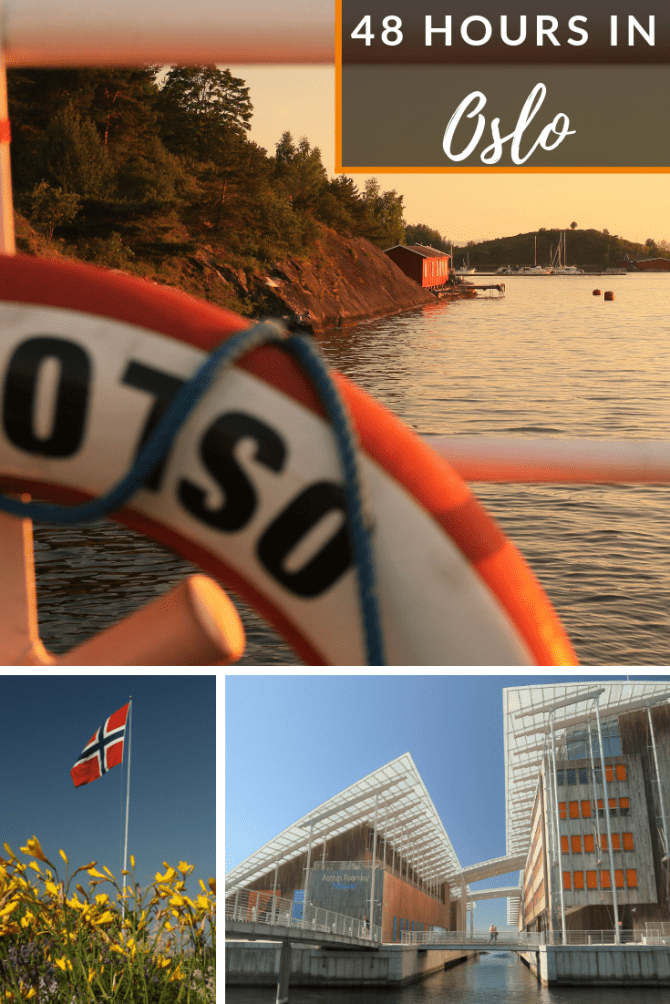





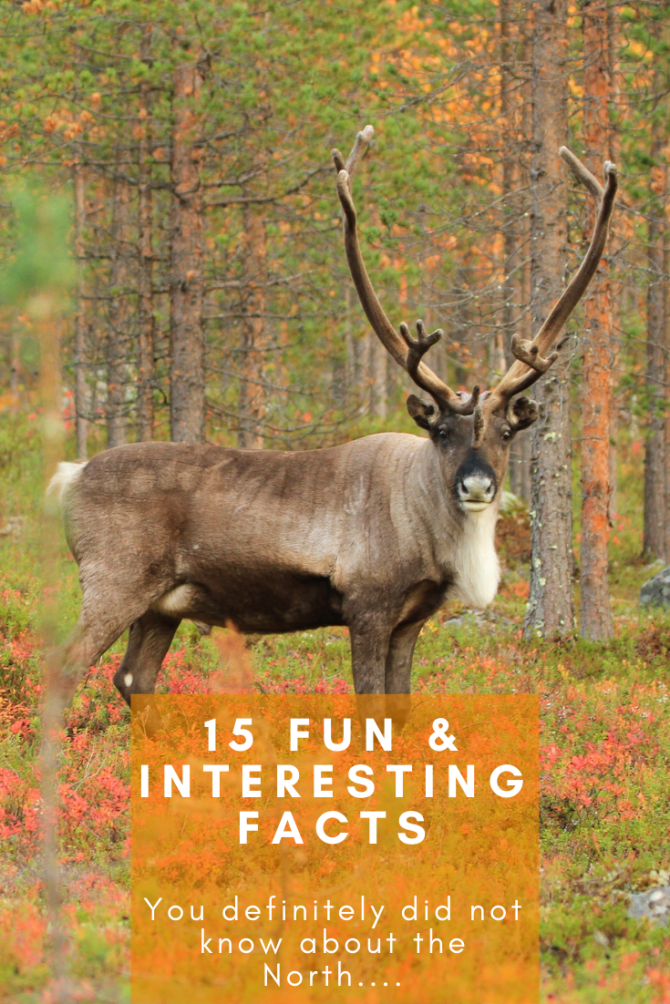

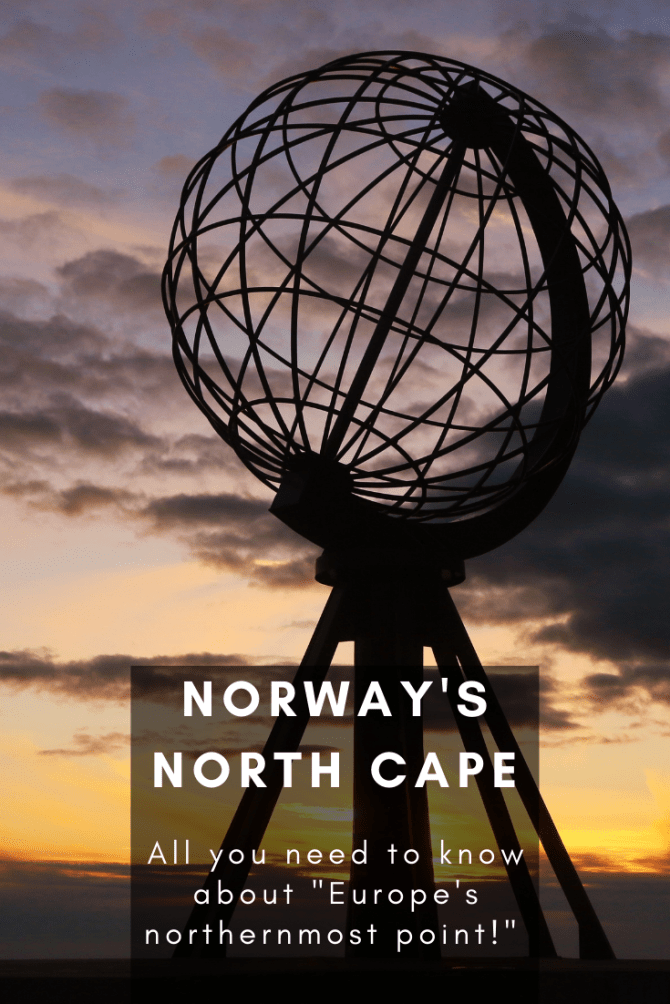

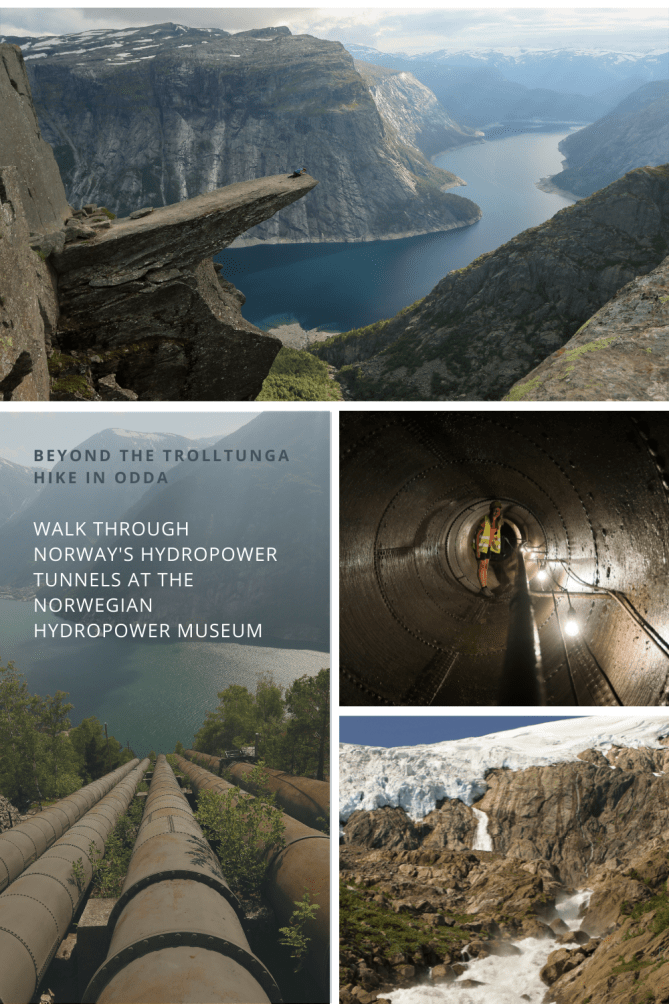
4 Comments Add yours